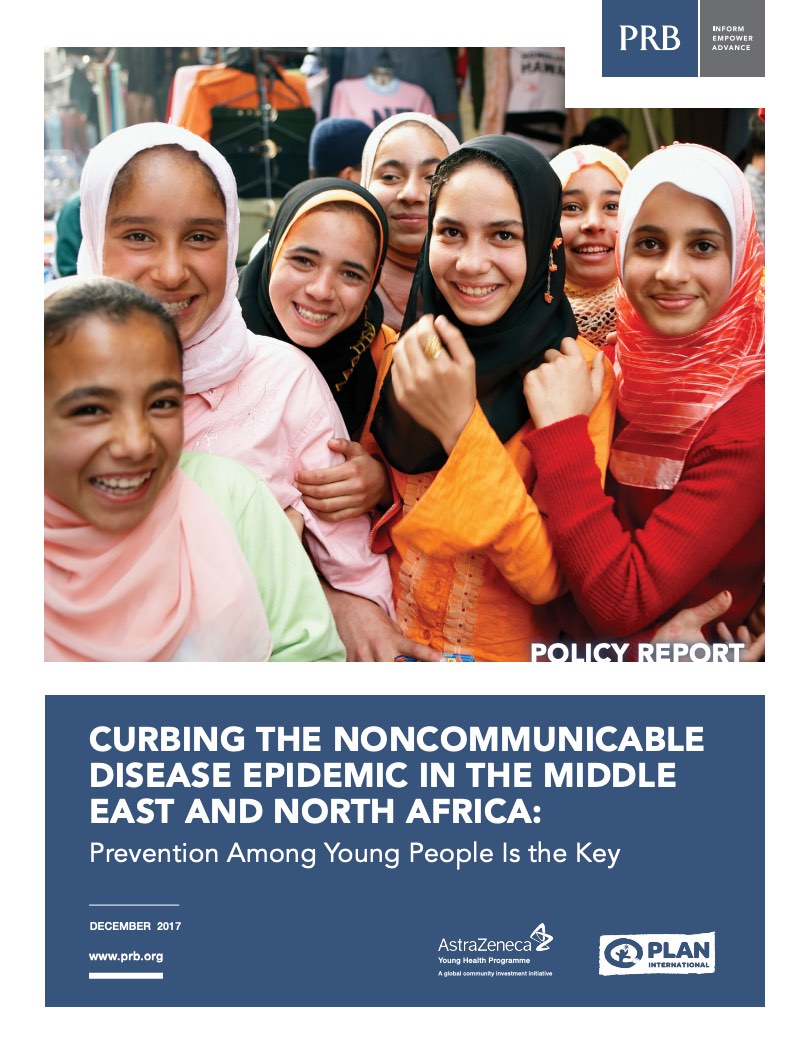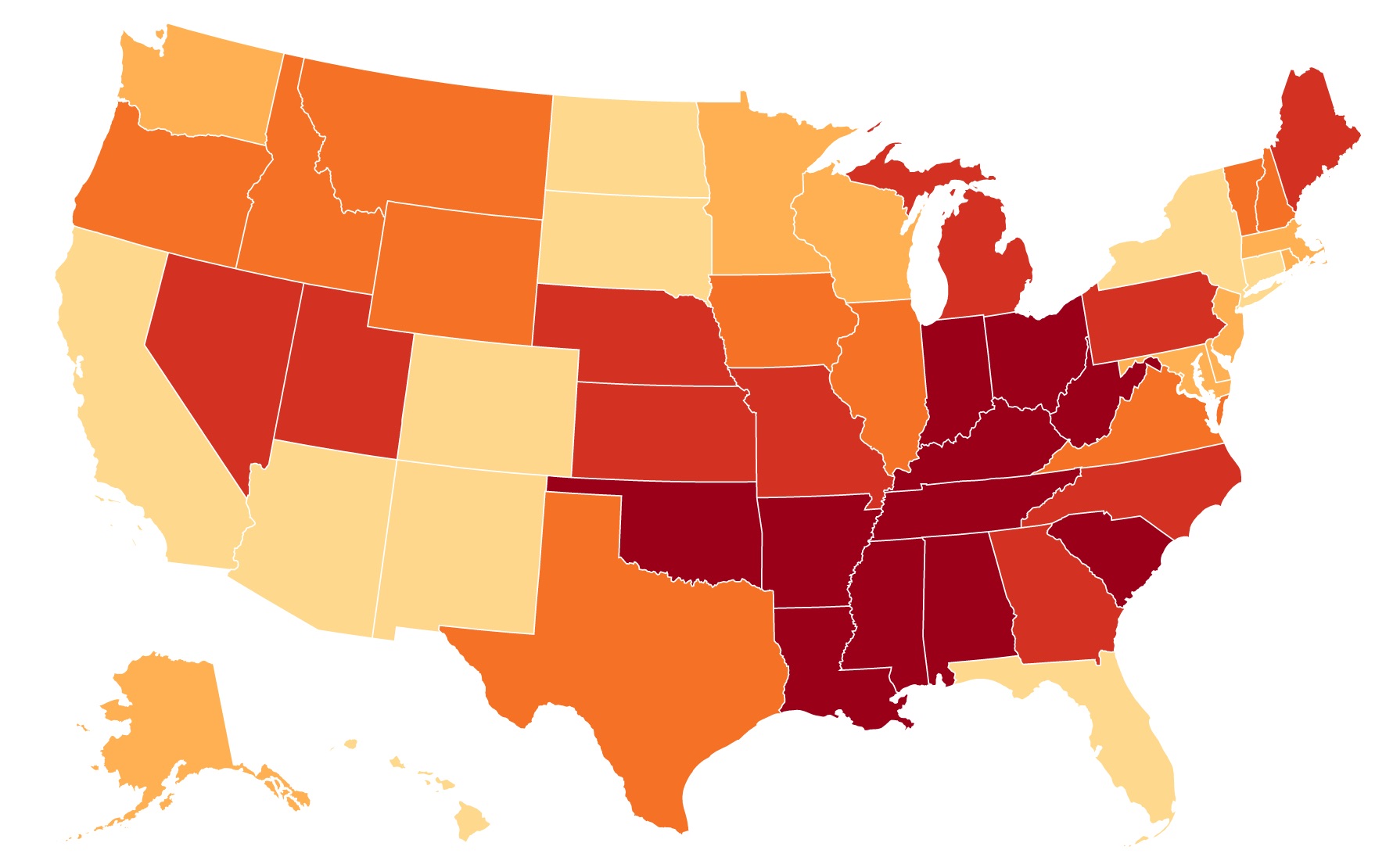Project: Demography and Economics of Aging and Alzheimer’s Disease
Elderly Immigrants in the United States
In 2010, more than one in eight U.S. adults ages 65 and older were foreign-born, a share that is expected to continue to grow. The U.S. elderly immigrant population rose from 2.7 million in 1990 to 4.6 million in 2010, a 70 percent increase in 20 years.



